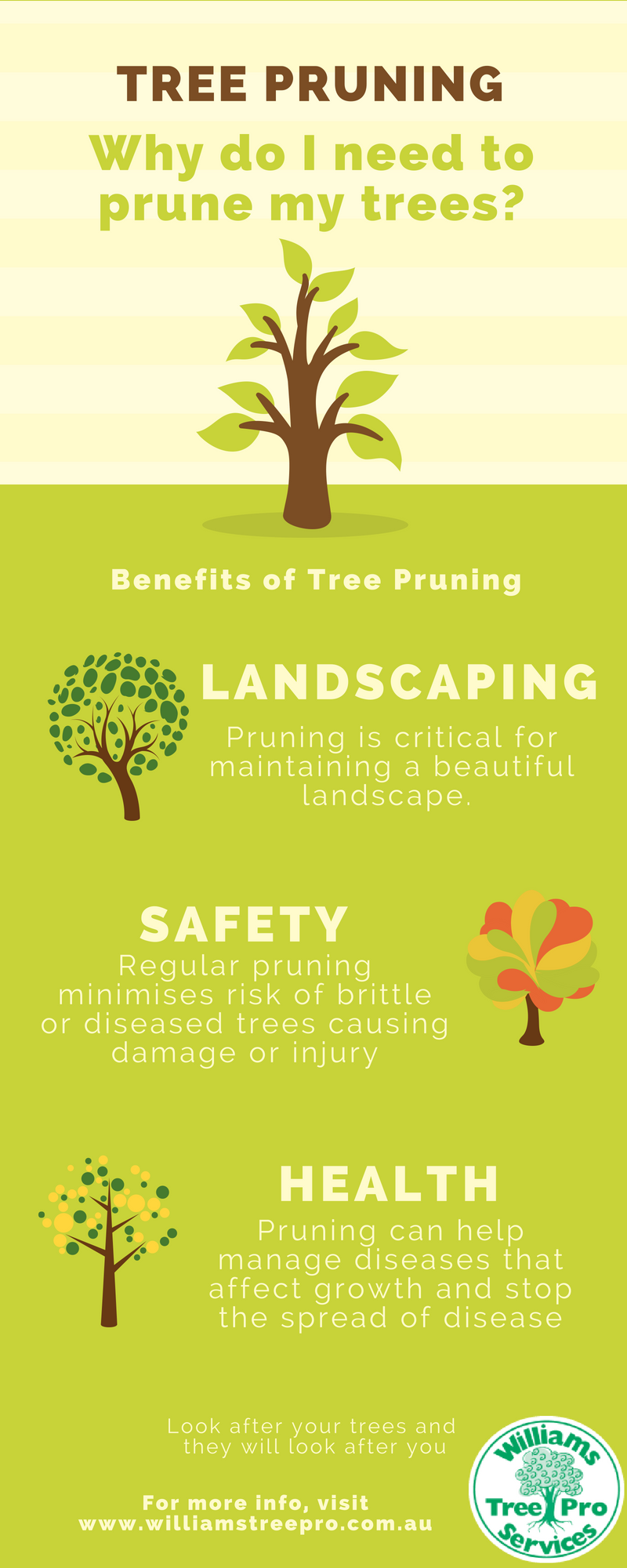Can Trees Be Saved? Just How To Tell If Tree Removal Is Necessary
Can Trees Be Saved? Just How To Tell If Tree Removal Is Necessary
Blog Article
Write-Up Author-McCollum Stryhn
If you've ever questioned the destiny of the trees on your building, recognizing when it's time for elimination is vital. But exactly how do you establish if a tree can be conserved or if elimination is the only option? By looking for certain indicators and evaluating safety and security risks, you can make educated choices that benefit both your landscape and your environments. Let's explore the essential variables that enter play when deciding the destiny of a tree and just how you can make certain the most effective result for your green companions.
Signs of Tree Decline
If you see any one of the adhering to indications of tree decline in your yard, it might be time to consider tree elimination.
One usual sign is dead or rotting branches, which can show underlying concerns influencing the tree's health. Look out for stained or wilted fallen leaves that persist even with proper care, as this could be an indication of illness or bugs.
One more warning signal is excessive leaning or an obvious shift in the tree's base, which may suggest origin problems or structural instability. Watch out for fungal growth on the trunk or origins, as this can suggest rot and jeopardize the tree's stability.
In addition, if you observe big cracks in the trunk or major limbs, it's vital to resolve these problems without delay to stop possible dangers. Dealing with these indications of tree decline promptly can assist maintain the safety and security and visual appeals of your yard setting.
Safety Concerns
To make sure the wellness of your residential property and those around you, focusing on safety issues related to trees is extremely important. Trees can posture numerous security risks if not effectively preserved. Dead or worn out branches might fall unexpectedly, jeopardizing people or damaging structures.
Leaning trees can also be unsafe, especially if they're leaning towards a structure or power lines. Additionally, trees with extensive origin systems near foundations or underground utilities can trigger significant damage in time.
It's important to on a regular basis inspect your trees for any type of signs of prospective threat. Watch out for cracks in the trunk, big tooth cavities, or signs of disease and decay. If you discover any one of these problems, it's finest to speak with a specialist arborist to analyze the scenario and figure out the necessary strategy.
Taking positive steps to attend to safety and security issues without delay can protect against mishaps and home damages in the future. Remember, the security of your home and those around you need to constantly be the leading priority when it comes to tree upkeep.
Consulting an Arborist
When thinking about the health and safety of your trees, getting in touch with an arborist is a vital step. Arborists are educated specialists who specialize in the treatment and upkeep of trees. They can examine the general health and wellness of your trees, recognize any issues such as illness or structural troubles, and give experienced recommendations on the very best course of action.
By consulting an arborist, you can get useful understandings right into the condition of your trees and determine whether elimination is essential. Arborists have the understanding and experience to review the threats associated with keeping a tree versus removing it. https://www.willitsnews.com/30-years-of-service can likewise provide advice on different solutions, such as pruning, cabling, or bracing, to help protect the tree whenever feasible.
Moreover, arborists can help you navigate any local policies or allows that might be required for tree removal. Their knowledge can make sure that the procedure is performed securely and in conformity with any suitable regulations.
Conclusion
In conclusion, when determining whether trees can be conserved or if elimination is needed, it is necessary to think about indications of decline and security concerns. Consulting an arborist for a complete analysis is necessary in making the best decision for the tree's wellness and possible threats. Bear in mind, proactive care and prompt activity can help protect trees and protect against accidents.
